A partnership that is backed by the United Nations is contributing significantly to protecting remaining forests in Kenya and improving the citizens’ livelihood as well. The United Nations Collaborative Programme on Reducing Emissions from Deforestation and Forest Degradation (REDD) is fostering positive changes in both the landscape and the lives of the people living there. A semi-autonomous agency, The Kenya Forest Service, is also involved in this initiative. The agency was formed in 2007 with the primary mandate of managing valuable resources from forests in Kenya.
Alternative livelihood
The majority of Kenya’s total population of 40 million or around 70% of the people get their livelihood from the land. Agriculture is vital in this East African nation. For cooking and heating, the population uses charcoal and wood, which comprise 70% of the country’s energy requirements.
The rationale for the project is that when alternative forms of livelihood are granted to the populace, less stress is placed on natural resources such as forests. When they have a regular source of income to provide basic needs to their children such as food, clothing, and shelter, poor families would not find the need to “leverage the landscape” in order to make ends meet.
Sustainable development
The current project’s main objective is to reduce emissions and increase the value of the carbon that is stored in the woods of the forests. The main strategy of the project is to offer incentives to developing countries such as Kenya. The country is encouraged to invest in low-carbon technologies that are available today.
This partnership has been very successful in showing that the government and the private sector can work very well together to achieve their mutual goals. The project has made major positive contributions to the environment and the communities that are the beneficiaries of the livelihood programs being promoted for the purpose of facilitating sustainable development.
Kasigau Corridor REDD Project
From a 2010 mapping exercise, it has been determined that Kenya’s forest area is around 7% and sorted into five categories, namely indigenous forests, private forests, urban forests, industrial plantation forests, and dryland forests.
There is a corridor of high biodiversity in southeastern Kenya that is located between Tsavo East and Tsavo West which are both national forests. The Kasigau Corridor REDD Project is a dryland forest that measures 200,000 hectares. This particular project is being implemented with Wildlife Works from the private sector. About 150,000 Kenyans from the rural areas are the beneficiaries from the carbon offset revenues.
Numerous co-benefits
The project is seeing an increase in the number of investors. A number of clothing factories such as SOKO and Puma are now providing jobs to residents. Eco clothing investors provide around 150 jobs.
With all these in place, they would not have to engage in illegal logging and charcoaling. Aside from the benefits to the community, there is also a documented increase in biodiversity. It has been verified that the number of species such as cheetahs, lions, and African elephants has increased. In addition, previously marred land areas have also recovered. All these benefits arise from profits from carbon credits.

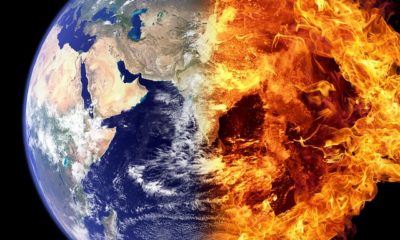
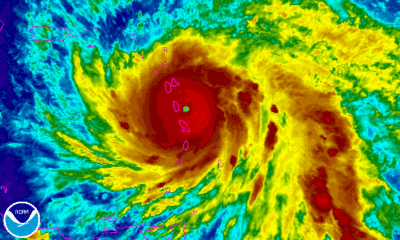
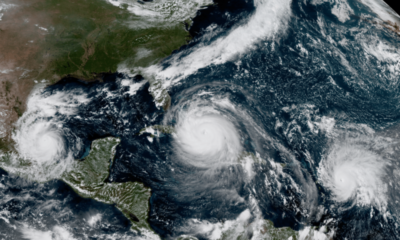
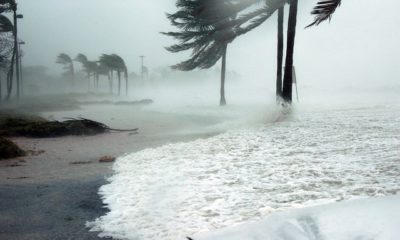
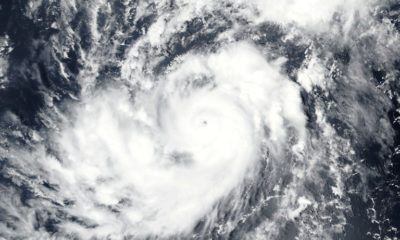
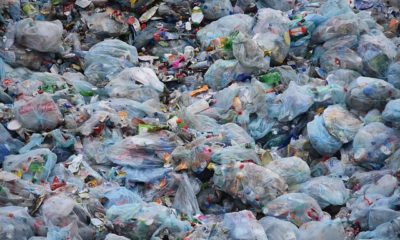
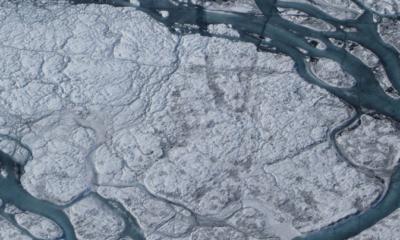
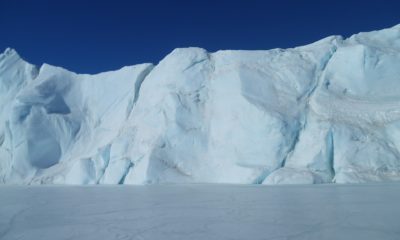
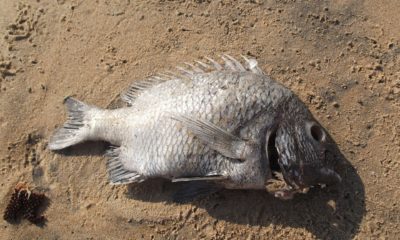





Facebook
Twitter
Pinterest
Google+
LinkedIn
Email